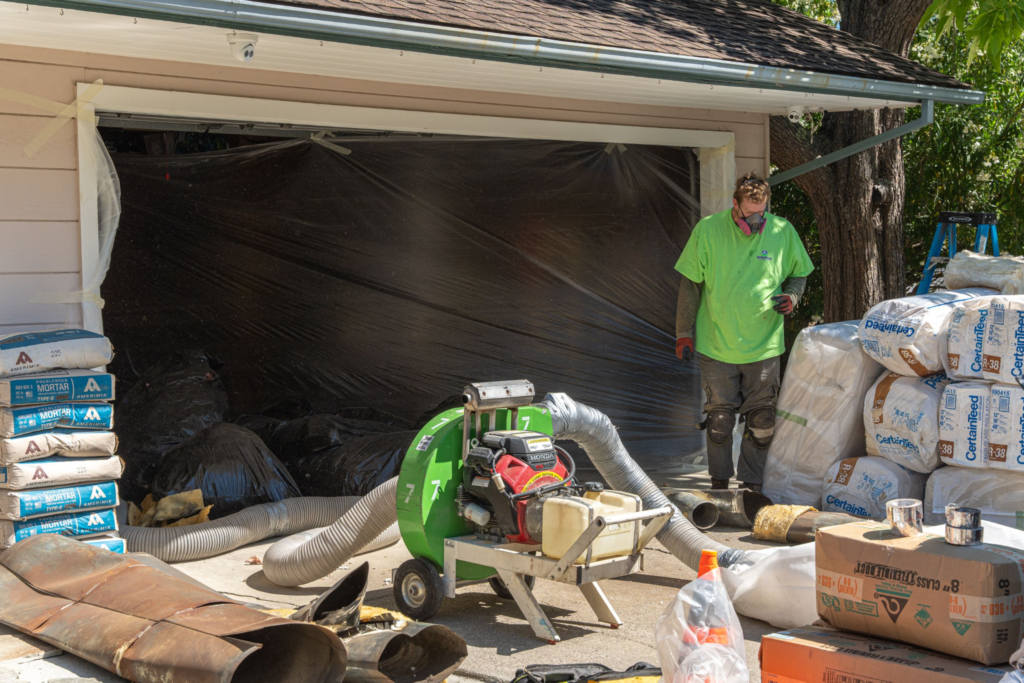Choosing the Ideal Sump Pump for Home Safety
Selecting the right sump pump is crucial for effective water management and home safety. This guide focuses on key aspects like gallons per minute, vertical lift, and essential safety considerations.
Understanding Sump Pump Capacity
- Gallons Per Minute (GPM): This measures the pump’s capacity to move water. Consider the volume of water your basement typically accumulates.
- Vertical Lift & 90-Degree Elbow: Assess how high and at what angle the pump needs to move water. This affects the required pumping capacity.
- Size of the Sump Pit: Ensure the chosen pump fits within the dimensions of your sump pit, typically around 18 inches.
Safety Considerations
- Float Switch: A crucial feature for automatic operation, reducing the risk of overflow.
- Water Powered Backup: Consider a backup system, especially if your area is prone to power outages.
- Carbon Monoxide Poisoning Prevention: If installing near a water heater, ensure proper ventilation to prevent carbon monoxide build-up.
Tools for Optimal Selection
- Pump Size Calculator: Use online tools to determine the total dynamic head and ideal pump size based on your home’s specifications.
- Install Smoke and Carbon Monoxide Detectors: Enhance overall safety by installing these detectors in your home, especially near the sump pit and primary sump pump.
In conclusion, selecting the right sump pump involves careful consideration of your home’s specific needs and safety precautions. By understanding key factors like gallons per minute, vertical lift, and incorporating essential safety measures, you can ensure your home remains dry and secure. Remember, a well-chosen sump pump is a vital step towards safeguarding your home against water damage and related hazards.

